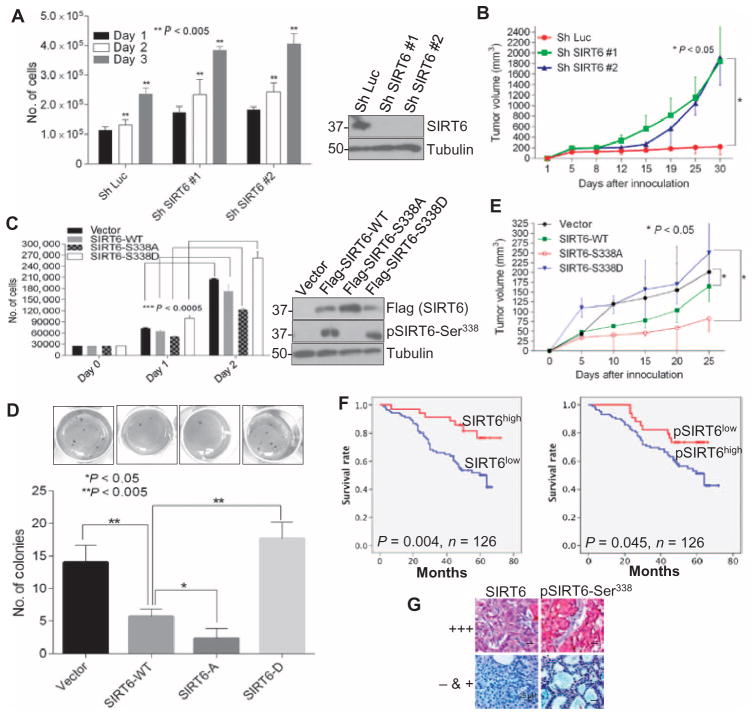Fig. 5. SIRT6-S338A, but not SIRT6-S338D, inhibits tumorigenesis in breast cancer.
(A) Proliferation and immunoblot of MDA-MB-231 cells transfected with either shRNA against luciferase or one of two shRNAs against SIRT6. Data are means ± SE from three experiments. (B) Growth of mammary fat pad xenografts derived from MDA-MB-231 cells transfected with either luciferase shRNA or one of two SIRT6 shRNAs. Data are means ± SE from five mice per group. (C) Proliferation and immunoblot of MDA-MB-231 cells infected with lentiviral vector, WT SIRT6 (SIRT6-WT), SIRT6-S338A, or SIRT6-S338D. Data are means ± SE from three experiments. (D) Soft agar colony formation by MDA-MB-231 cells infected with lentiviral vector, SIRT6-WT, SIRT6-S338A (SIRT6-A), or SIRT6-S338D (SIRT6-D). (E) Tumor growth of orthotopically transplanted MDA-MB-231 cells infected with lentiviral vector, SIRT6-WT, SIRT6-S338A, or SIRT6-S338D. Data are means ± SE from five mice per group. (F) Survival curves of patients with breast tumors that have high or low abundance of total or phosphorylated SIRT6. (G) Immunohistochemistry for SIRT6 and phosphorylated SIRT6 in representative tumor tissues from patients in (F). +++, high expression; − & +, low or no expression. Scale bars, 25 μm. P values for (A) to (E) were calculated by ANOVA test and for (F) by log-rank test.

